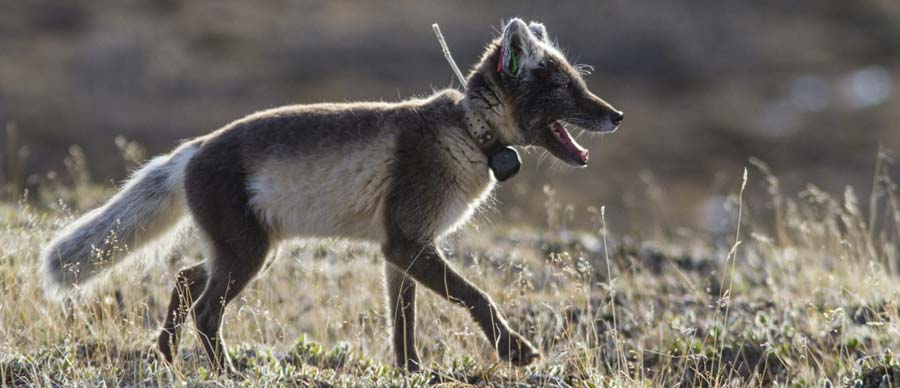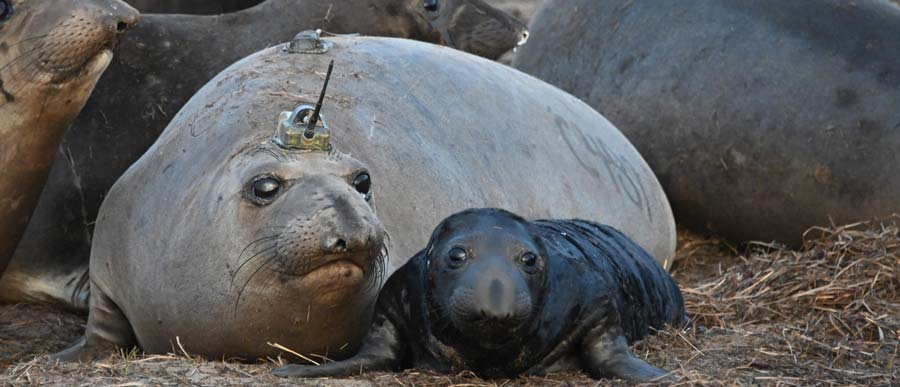
Jun 20, 2024 | Birds, Fish, Hardwares, Herding, Land Animals, Marine Animals, News, Oceanography, Meteorology, Hydrology, Climatology, Pollution, Smart Agriculture, Wildlife Monitoring
Congratulations to our Space IoT partner, Kinéis, and their launcher Rocket Lab for this evening’s successful launch! Today, the first five of a planned constellation of 25 nanosatellites are in orbit, carrying new generation IoT payloads for Argos Services and will...

Jun 20, 2024 | Birds, Fish, Hardwares, Herding, Land Animals, Marine Animals, News, Oceanography, Meteorology, Hydrology, Climatology, Pollution, Smart Agriculture, Wildlife Monitoring
Kinéis, our Space IoT partner, has announced that it, along with RocketLab, will launch the first five nanosatellites carrying new generation IoT payloads for Argos Services. Due to unfavorable weather, the Kinéis launch planned for the 18th of June (CET) is postponed...

Jun 7, 2024 | Birds, Fish, Hardwares, Herding, Land Animals, Marine Animals, News, Oceanography, Meteorology, Hydrology, Climatology, Pollution, Smart Agriculture, Wildlife Monitoring
Kinéis, our Space IoT partner, along with RocketLab, is launching the first five nanosatellites carrying IoT payloads for Argos services. Due to unfavorable weather, the Kinéis launch planned for the 18th of June (CET) is postponed to the 20th of June at 7:30pm (CET)....

Oct 17, 2023 | Birds, Fish, Land Animals, Marine Animals, News, Wildlife Monitoring
An enhanced global system like Argos requires an enhanced global support team and, with its 30 different sites around the world, CLS is proud to have an excellent international userservices team. Debbie Stakem has been providing technical support to all North American...

Feb 28, 2023 | Land Animals, Wildlife Monitoring
The Arctic foxes have been noticed as travelling very long distances over the whole Arctic regions. Long time series of tracks retrieved by Argos enables to analyse this behaviour to understand why they might go so far, and whether they are staying there, at which...

Jan 19, 2023 | Land Animals, Wildlife Monitoring
Understanding how a marine species uses the features of its environment is important for conservation. The northern elephant seals are close cousins to their southern equivalents. A number of tracking data exists, enabling to study their behaviors in comparison with...







